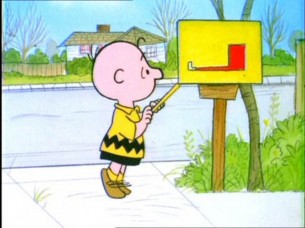Ran into a big hunk of equipment complications today, basically I need a portable power pack, and so in my research I ended up heading over to see what ol’ man David Hobby, aka the Strobist guy, was up to these days.
I see he’s posted this video for Canadian rock group “Aquaplane” which was composed entirely out of still photographs.
The video, IMHO, is a utter failure, or as you l33t speakers say: an epic fail (seriously, when did that become a popular saying?!). It’s not for the photos or the production value, it’s because the style of the video does not match the band or the song. That old wisdom, it can look cool, but if it doesn’t tell the story it ain’t worth $#!t holds true here.
Nevertheless, this does give me an opportunity to start thinking about new tools for multimedia and how we can tell our stories with different techniques.
The process they are employing here is an old one. Basically a sense of depth and movement is created by placing different visual elements on different planes and then moving a camera in zooms and pans about the scene to give it that “inside the image” illusion.
Walt Disney first employed it in Bambi, by animating multiple glass plates with different layers of the forest and then sliding them in and out as the camera tracked in on the action. The result was very much the same and it never really moved beyond animation or Magic Eye toys until Adobe created After Effects and some animators and photo guys got curious. (In the simplest of terms you’re cutting out each element and then placing it on a different layer that you can then slide around at various speeds in front of a camera.)
Recently I’ve seen the famous 1976 do this to great effect (1976 is also why I know so much about how it’s done since I was obsessed with reverse-engineering it) and also the opening credits of the TV show “How I meet your mother” uses it as well.
In the last couple months I’ve seen lots of new developments in multimedia tools: Vumox, Animoto, PhotoSynth (still looks promising) and the video flash players keep evolving (the new BlipTV looks nothing like the old one)… and now that many of us have gotten past the hurdle of just learning how to do it, we can start thinking about how we present it.
Maybe After Effects is the next program to learn…


